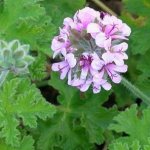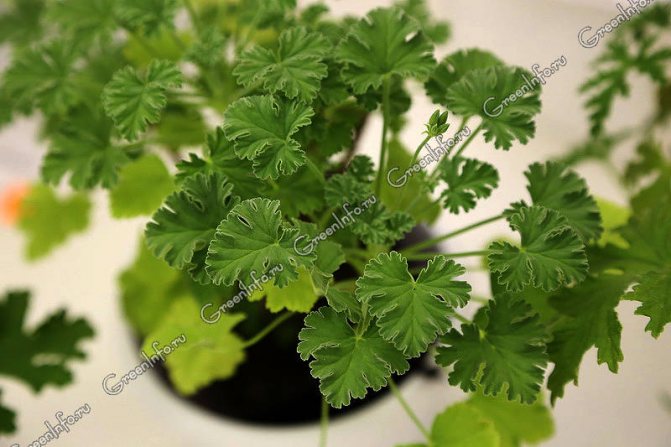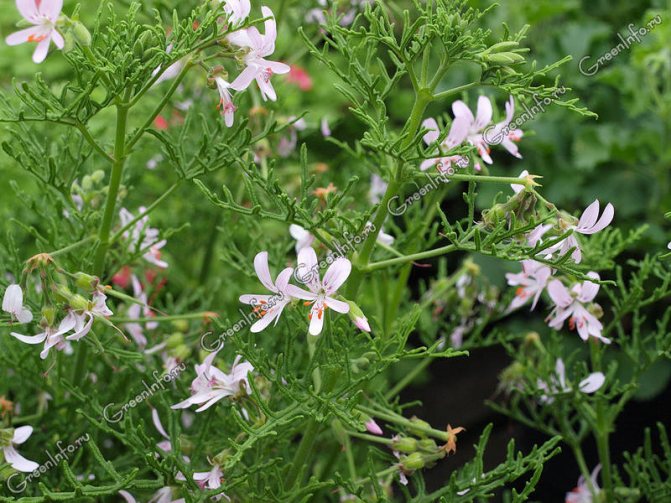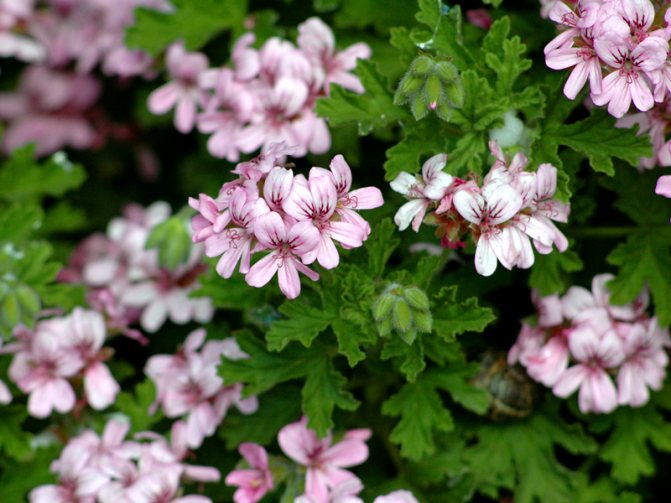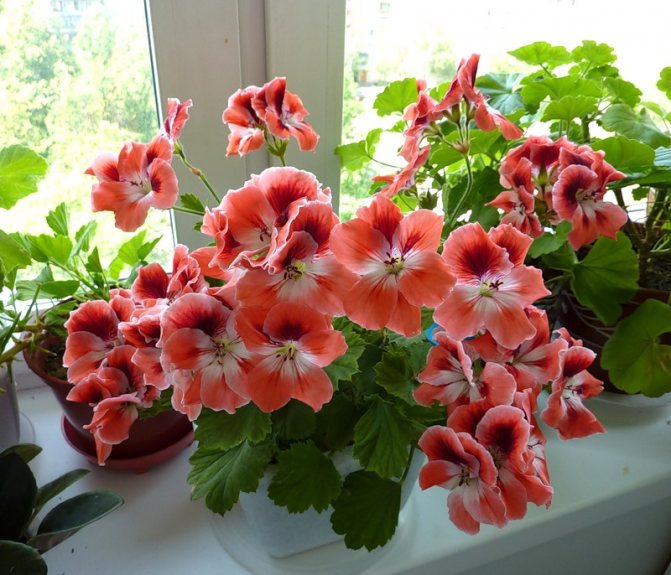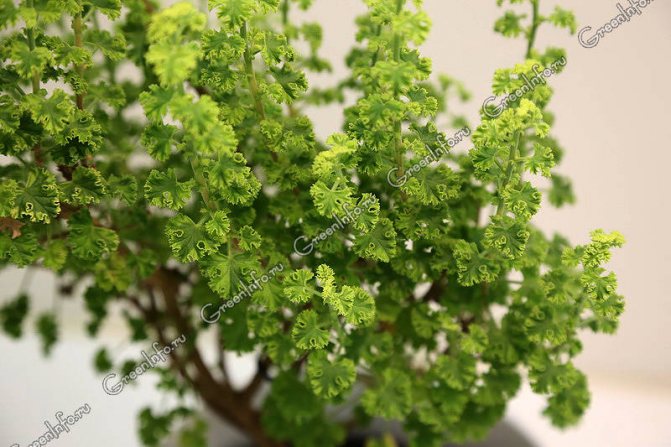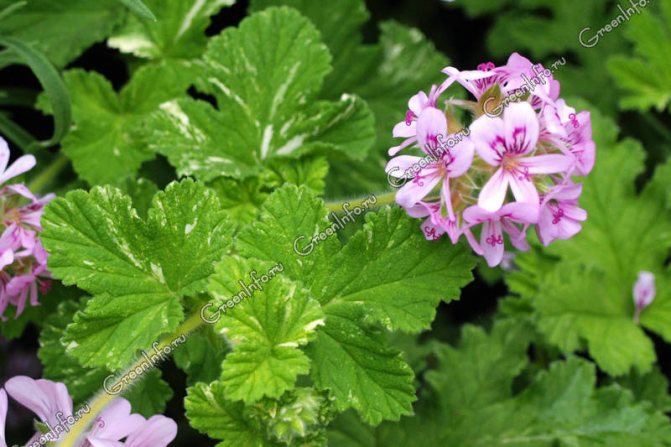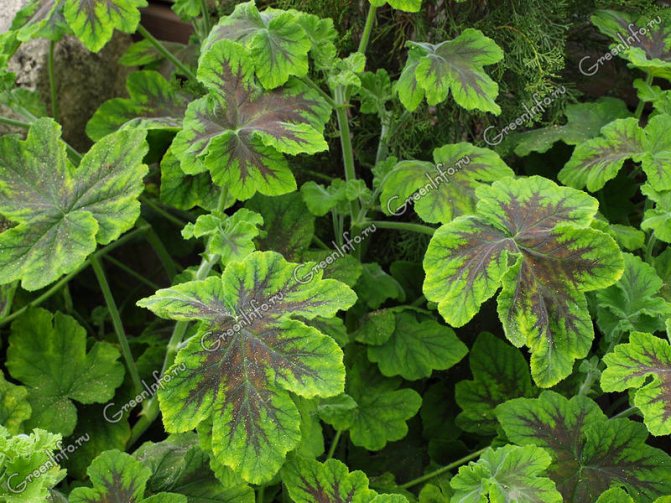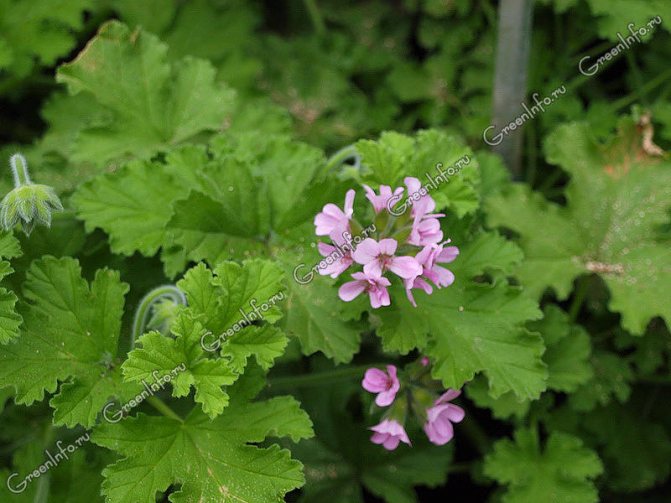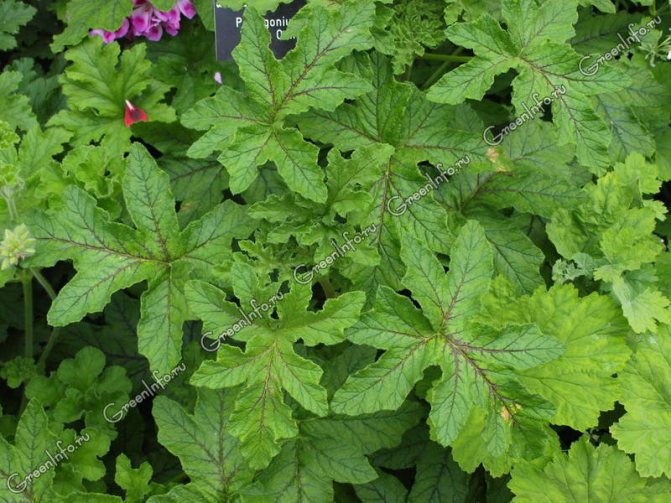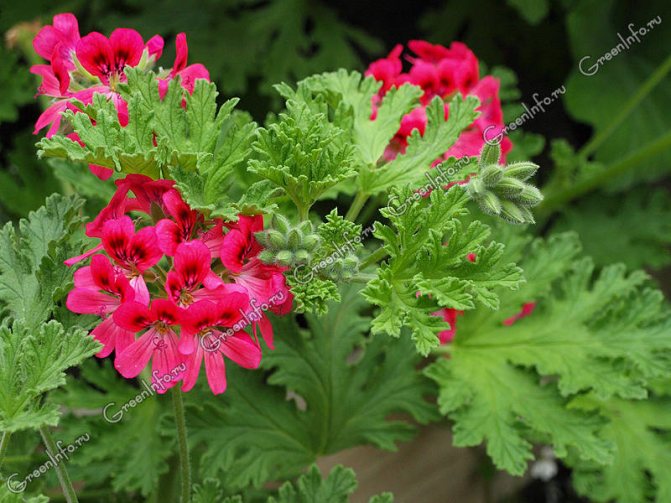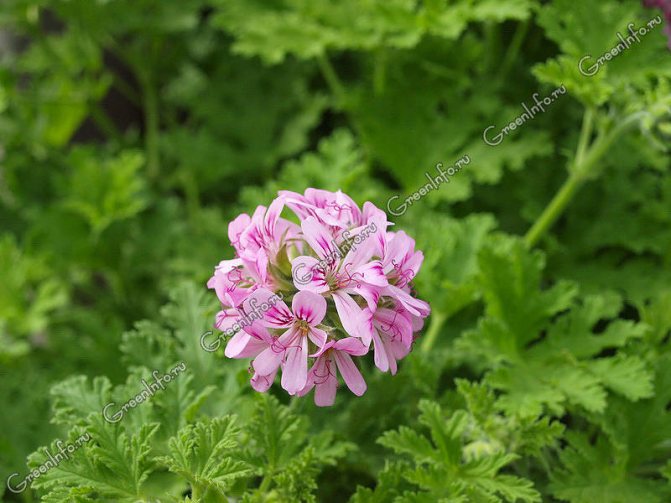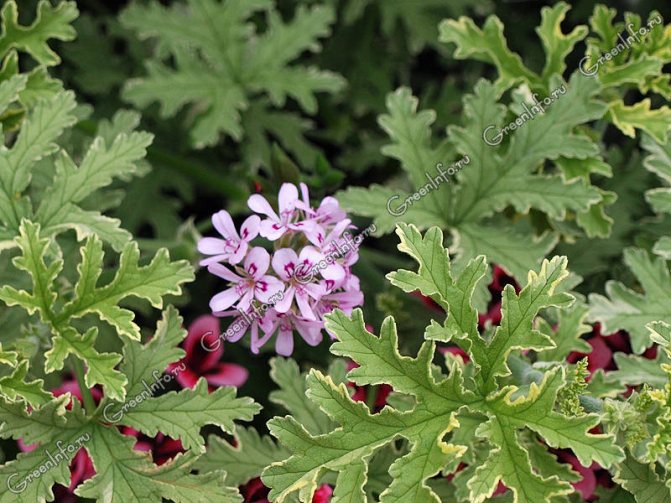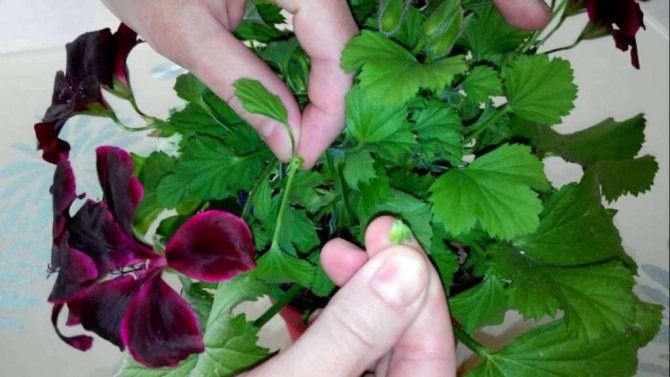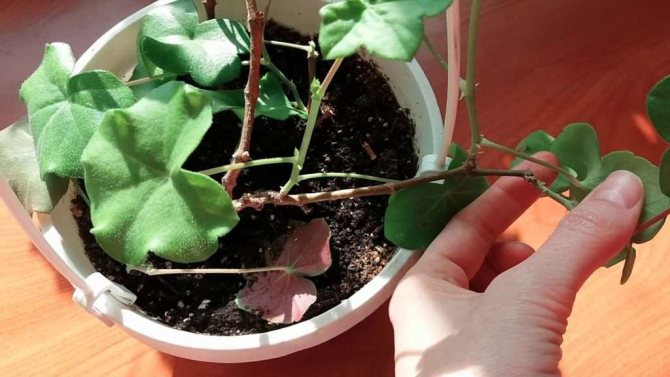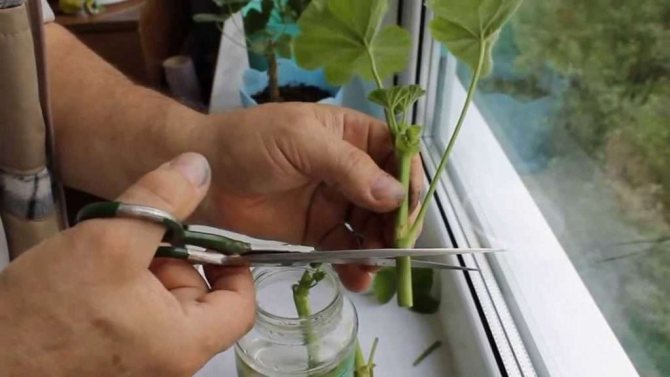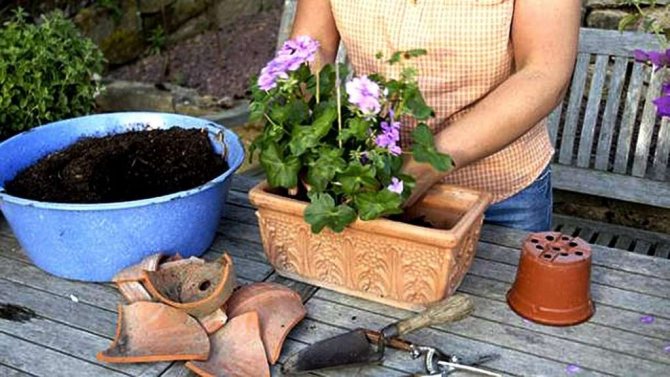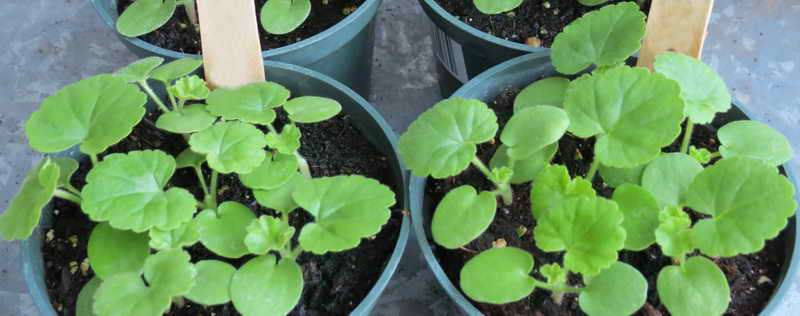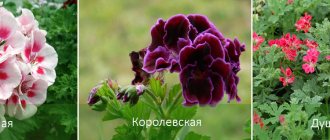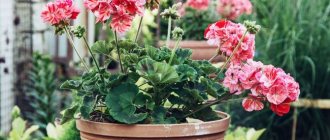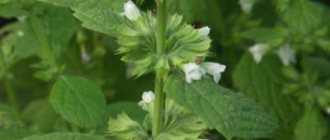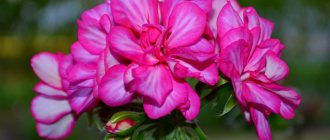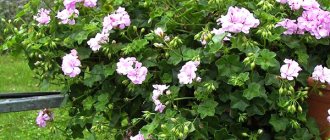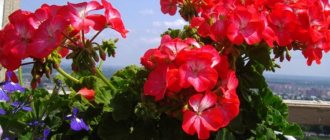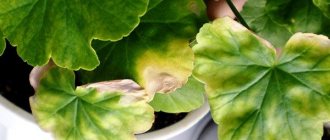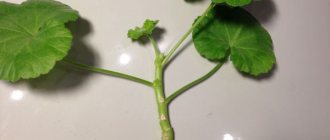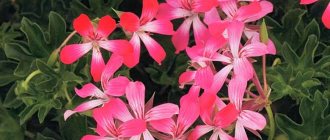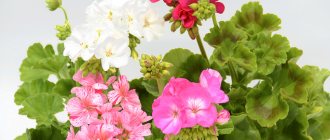Pelargonium fragrant is a well-known plant with a lot of useful properties that are effectively used in folk medicine. The evergreen dwarf shrub is native to South Africa (Cape of Good Hope) and began to be grown for artificial purposes for decorative purposes and for the sake of obtaining essential oils found in the leaves of the plant and its stem.
In warm climates, fragrant pelargonium, often called geranium due to the similarity of the leaves of both plants, is grown on an industrial scale.
Description of fragrant pelargonium
Fragrant pelargonium is a completely unpretentious flower to care for, quickly rooting and multiplying easily. The stem of the plant is densely branched, lignified at the base, a little less than a meter high. The upper leaves, the color range of which varies from pale green to dark shades, are arranged alternately, the lower ones opposite; petioles are hairy. Monotony is often diluted with blotches of red or burgundy. Pelargonium leaves are decorated with a frill along the edge or deep cuts. Flowers are collected in umbrellas and delight the eye with various colors: purple, red, pink, white. The plant has a weak aroma, fragrant pelargonium with a lilac scent is very beautiful.
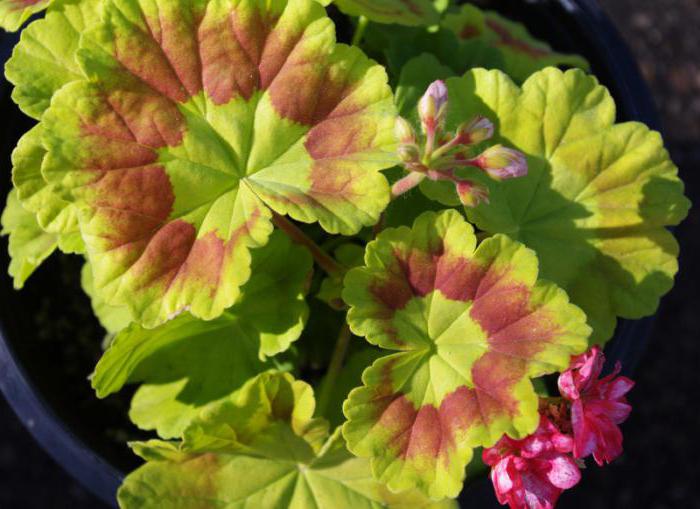
The qualitative growth of fragrant pelargonium depends on factors such as:
- good lighting;
- timely regular watering;
- warm climate;
- pruning;
- topping;
- lack of spraying.
Popular varieties and their photos
Varieties of scented geranium differ in leaf shape, aroma and color shade. The most popular types of odorous geraniums, as well as photos of plants, are discussed below.
Lady plymouth
It is one of the first varieties to be produced in the UK. It has gray-green leaves that are dissected and have white edging around the edges. The flowers are single and small, pale lilac in color. The plant emits a rose scent.
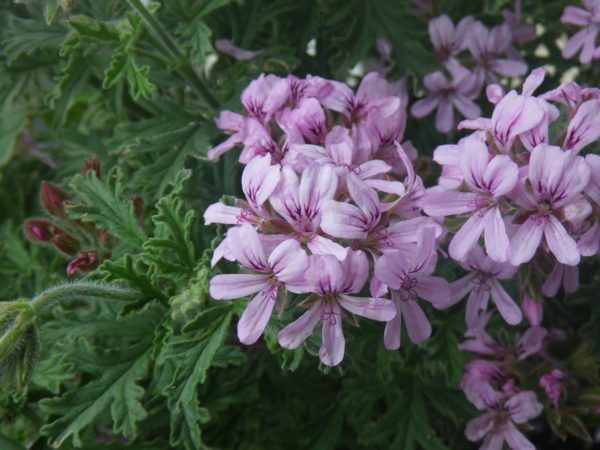

Royal oak
The plant has carved leaves, green in color with brown areas. The flowers are pale pink with burgundy strokes. The aroma is forest freshness.
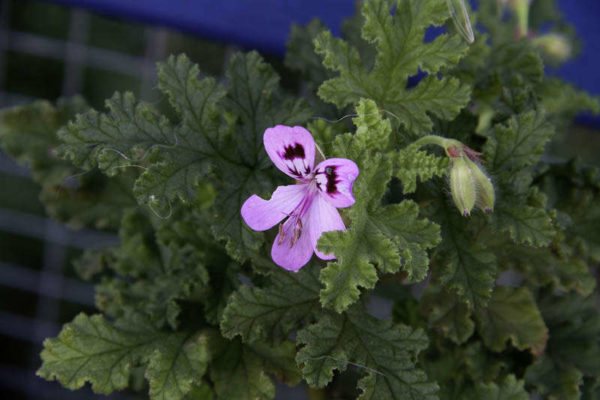

Pungent peppermint
This fragrant plant grows well in indoor conditions. It has carved leaves of a gray-green color. The buds are pink and small. Spreads a mint scent.
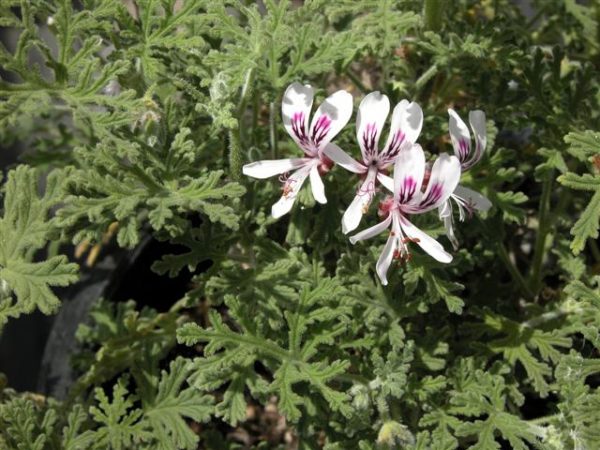

Apple cider
This plant gives off an apple aroma. His bushes are compact, leaves are light green with corrugated edges. The flowers are white or white-pink.
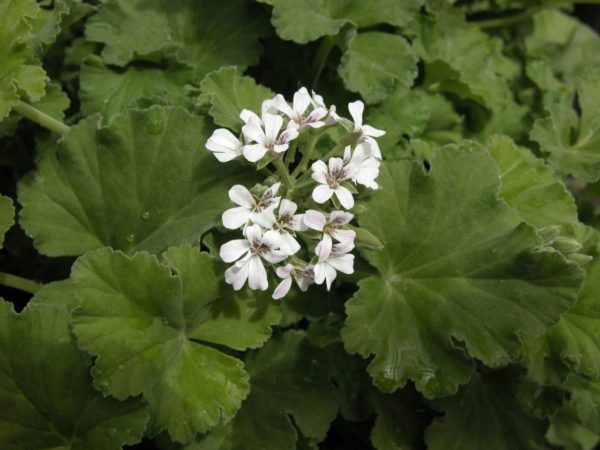

Robert's Lemon Rose
The peculiarity of the variety is that it emits a mixture of lemon-pink aroma. The leaves of the plant are large and green.
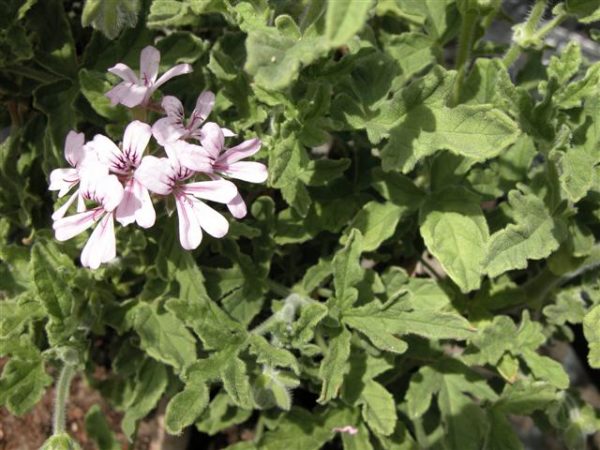

The soil
The most comfortable of all is fragrant pelargonium, the medicinal properties of which are appreciated by traditional medicine, will feel in the soil rich in nutrients. It can be a self-prepared composition of peat, sand and garden soil. A good drainage layer must be laid on the bottom of the planting container. In order to provide oxygen access to the root system, the soil needs to be loosened periodically.
A small pot is most suitable for growing pelargonium: if the container is too spacious, the plant does not bloom so brightly and abundantly. The lush shape of the crown of pelargonium can be given by making a pinch in February or March (removal of the growth point).An annual transplant is recommended for young plants, for adult specimens - as soon as the roots of the flower pot are completely entwined.
Where and how to plant it?
First you need to prepare the pot, focusing on the volume of the roots. The most suitable is a medium-sized pot., which has a diameter of 15 cm. If you take too large a container, then the planted plant will begin to fill the empty space with roots, as a result of which the decorative appearance of the flower will deteriorate.
A clay pot is perfect for fragrant pelargonium, since this material is perfectly air-permeable, so the air will not turn sour and waterlogged.
Planting is best done in spring. you can use both a purchased substrate and one prepared by yourself to fill the pot. The planted plant should be kept in a shaded place with a moderate temperature regime.
Reproduction
Vegetatively and by seeds are two ways in which fragrant pelargonium reproduces. Home care is easy if you plant the plant correctly.
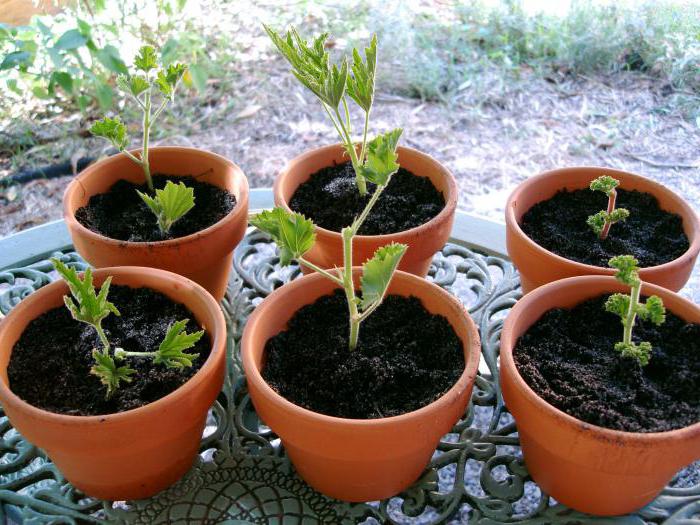

With the vegetative method, green apical cuttings with at least 3 leaves are cut at the end of the winter or summer season. The cut is made just below the node, at an angle. The cuttings need to be dried for several hours; before planting, it is recommended to treat the cut sites with a growth stimulant and charcoal. In the planting container, you need to place a substrate of identical parts of peat, turf and sand. A container with plants is placed in a place where diffused bright light penetrates; the soil is constantly sprayed. Rooting takes place within 15-20 days. Then the grown seedlings need to be planted in individual containers. Pelargonium fragrant will begin to bloom in approximately 5-7 months from the moment of rooting.
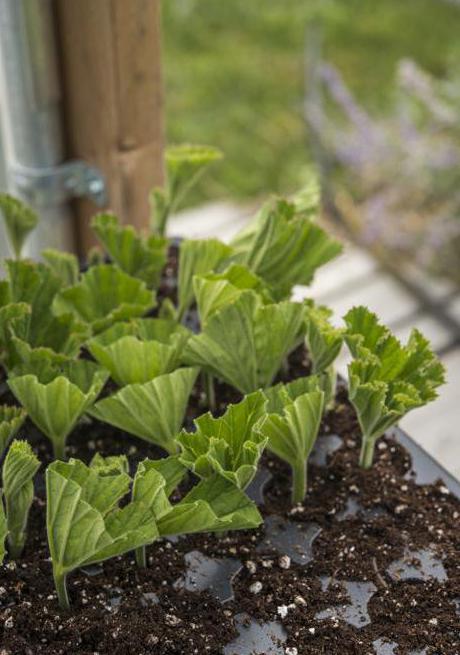

When growing pelargonium by seeds, they are sown in December-February. Peat is suitable as a soil in its pure form or in combination with sand. Seedlings will appear in three weeks. All this time, the soil needs to be regularly moistened, and young plants need to create a greenhouse effect by covering the container with film or glass. Pelargonium is transferred to a separate container after three leaves appear on it. Pinching is best done when the number of leaves is at least 6. The first flowering of a young plant is observed in about a year.
Basic rules of care
Fragrant geranium is not a particularly whimsical and demanding flower, although it has its own subtleties in care. If everything is done correctly and in a timely manner, then the florist will not experience any special difficulties in home growing. In order for the plant to fully develop and grow, as well as periodically please the household with a beautiful flowering and aroma, you must do the following:
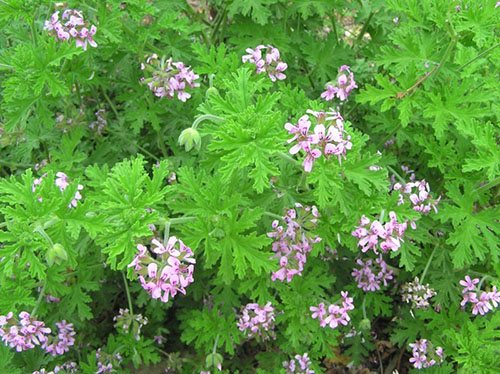

This shrub loves a lot of light, but it will perfectly survive its absence. So it can be placed even in the back of the room, where sunlight hardly penetrates. But the ideal location for geraniums is still the eastern or western windowsill, since this is exactly the place where the sun looks only half a day.- A positive quality of geranium, in addition to its aroma and useful properties, is the unique ability to accumulate moisture in its fragrant leaves, with which it can always be nourished if something happens. Strong waterlogging should not be allowed, geranium reacts extremely negatively to this. Spraying is also not worth doing, it is enough for this flower to carry out watering work as the substrate dries, while using well-settled or distilled water.
- In home cultivation, this culture does not tolerate heat very well, but it treats the cold well.Therefore, for the winter, it is better for her to change a permanent place and rearrange the flowerpot on a cold windowsill, and in the summer take it out into the open air, for example, on a balcony. The ideal temperature range for geraniums varies from +15 to +20 degrees.
- Often, a lack of nutrients causes a plant to have lethargy and dullness of the leaves, they become small and unattractive. Naturally, the fragrant geranium simply does not have enough strength to tie the buds. To fix this trouble, you need to periodically apply fertilizer. For this culture, nitrogen, phosphorus and potash compositions are ideal feeding. But it is better to refuse fresh organic dressings - the decorative bush does not particularly like them.
- It is best to use soil rich in minerals as a substrate. It can be purchased, or you can make it yourself by adding 2 parts of garden soil and one part of peat and coarse sand. And it is also necessary to periodically loosen the earthen lump - this will allow the roots to be saturated with oxygen in full.
Park rose Chippendale: variety description, care
In addition to basic caring activities, a fragrant shrub needs to be pinched and pruned, this will make it look more lush and attractive. But the absence or ignoring of this procedure will turn the flower into an ugly elongated vine.
The bush is cut off annually, leaving only 2-3 nodes on the branches, and all old shoots, dry leaves, branches and faded buds are also removed. This should be done with a sharp knife, after which the cut points are processed with charcoal.
Problems in growing pelargonium
- Fragrant pelargonium does not bloom.
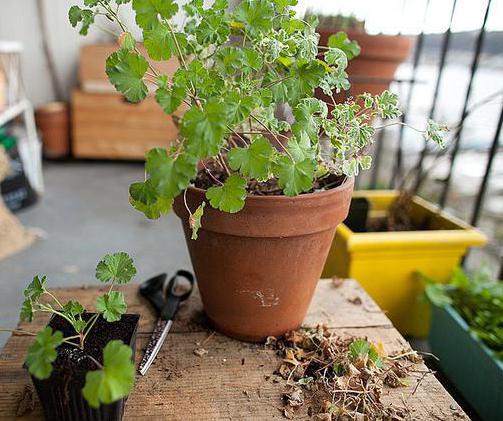

The reason for this may be the wintering of the plant at high temperatures and bright light. - The base of the stem turns black. It is possible that the pelargonium is affected by root rot.
- The edges of the lower leaves dry; the leaves turn yellow. This sign indicates a lack of moisture in the soil. It is required to water the plant more often.
- Withering of the lower leaves, their yellowing and rotting. Frequent watering, which does not allow the soil to dry out. Leaves are required to be cut, the places of the cuts must be treated with crushed coal powder.
- Swelling is observed on the leaves. This indicates an excess of moisture in the soil. Watering pelargonium is required two days after the top layer has dried.
- Gray rot. Caused by stagnant water in the substrate.
Of the pests, whitefly and aphids prefer pelargonium.
Useful properties of pelargonium
It is believed that fragrant pelargonium is a flower of health, protection and love; she is able to cheer up and get rid of negativity. If the pink flowers of pelargonium bring love to a person, then the white ones give the joy of motherhood. Fresh Pelargonium leaves are used to flavor water in bathing treatments or in the last water when rinsing hair. Pelargonium essential oil, which enhances mental activity and physical performance, is widely used in soap making, perfumery and cosmetic production. This healing agent is an excellent antidepressant that helps in the fight against the state of fear and anxiety, the restoration of the emotional state and a favorable aura.
Pelargonium essential oil is optimal for sensitive skin; with regenerating properties, it helps in the fight against rashes, flaking, burns, inflammation. Long-term aromatherapy will help to normalize blood pressure.
What is this plant?
A fragrant perennial plant from the geranium family originated from South Africa. The branched bush has a developed nodular rhizome and strong straight stems.
Unlike the geranium that everyone is used to seeing "on grandmother's windowsills," the flowers of Рelargonium graveolens are inconspicuous and small, but the leaves are very decorative: palmate-lobed, covered with fine villi.
At the lightest touch of a leaf, geranium exudes a strong, unlike anything else aroma, thanks to phytoncides useful for humans.
REFERENCE. Hybrid varieties can emit aromas atypical for geraniums: lemon, apple, nutmeg, mint, and even mint and pine needles.
You can read more about fragrant geranium here, and learn about the use of the plant in folk medicine and its beneficial properties in this material.
Pelargonium fragrant: medicinal properties
The photo conveys all the beauty of the indoor flower present in the apartments of many amateur flower growers.
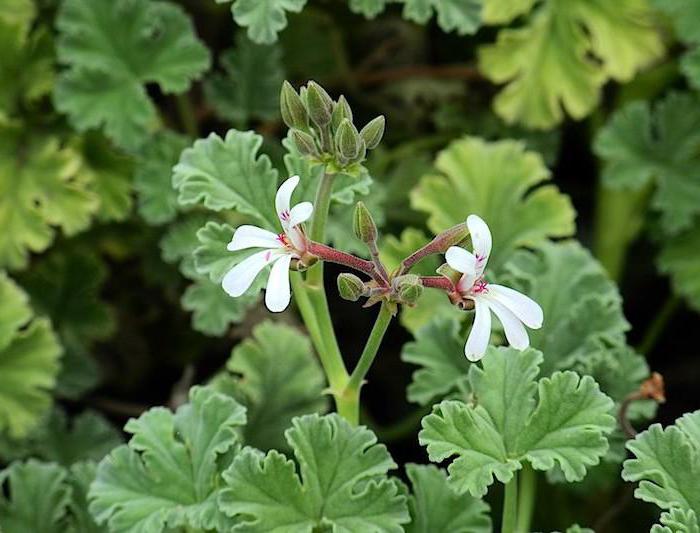

The high pressure will be relieved by two pelargonium leaves tied to the wrists. In this position, it is recommended to sit near pelargonium for about 15-20 minutes.
2 Pelargonium leaves rolled into a tube and placed in the ears will help get rid of migraines.
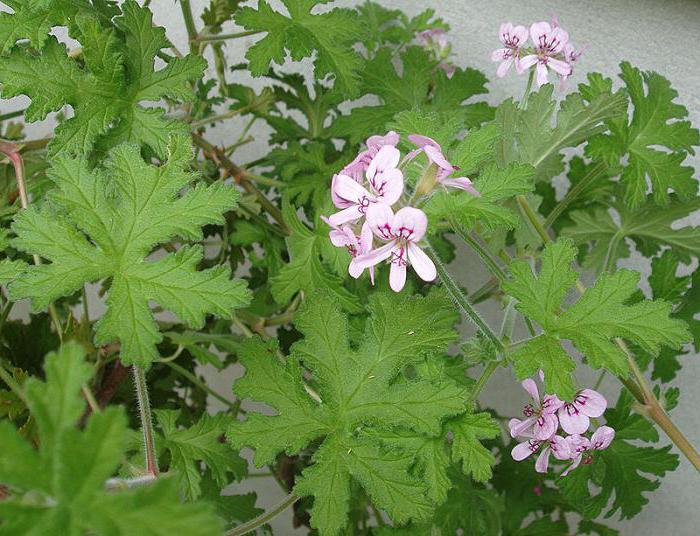

You can get rid of insomnia and increased nervous excitability by using a decoction of crushed pelargonium leaf, filled with a glass of boiling water and infused for 20 minutes. Drinking such a remedy is recommended twice a day before meals, 50-100 ml.
Skin diseases can be cured with an infusion of crushed leaves of the plant. To do this, pour a tablespoon of raw materials with a glass of boiling water, hold for 5-7 minutes in a water bath, strain, squeeze and bring boiled water to the original volume. Take three times a day for a tablespoon.
A toothache will help to remove a sheet of pelargonium, which, in a carefully mashed state, must be applied to the center of pain.

